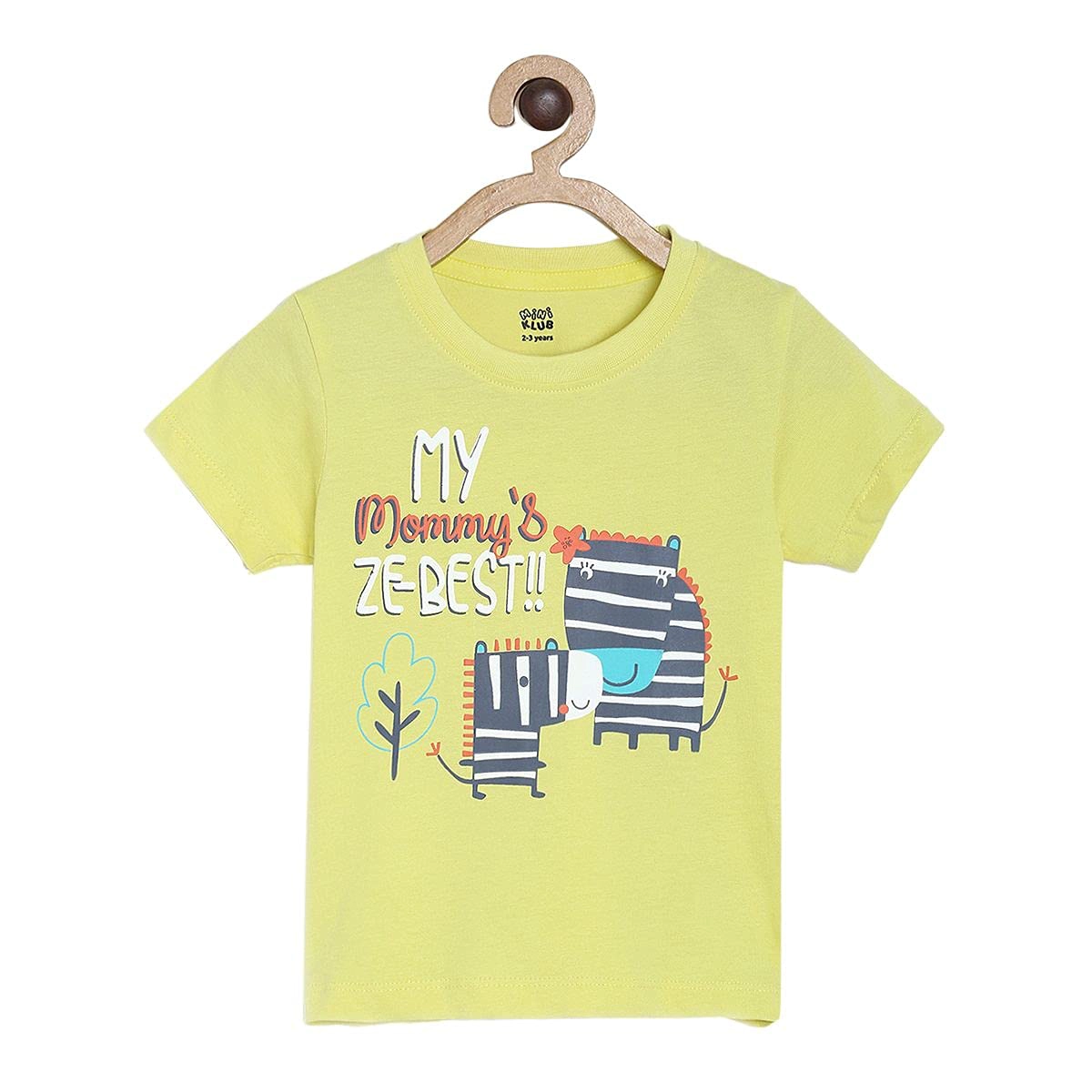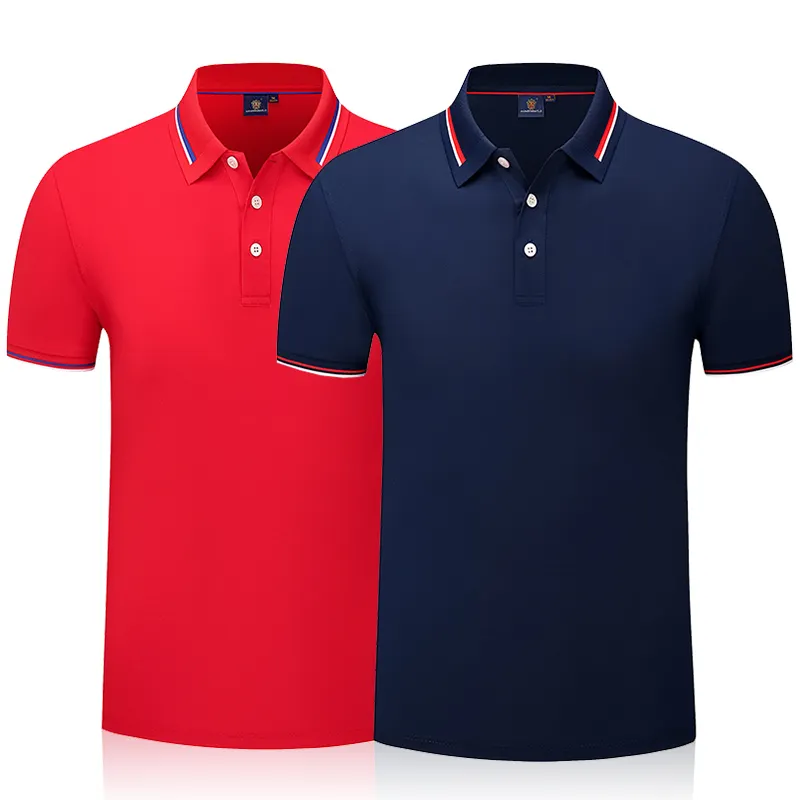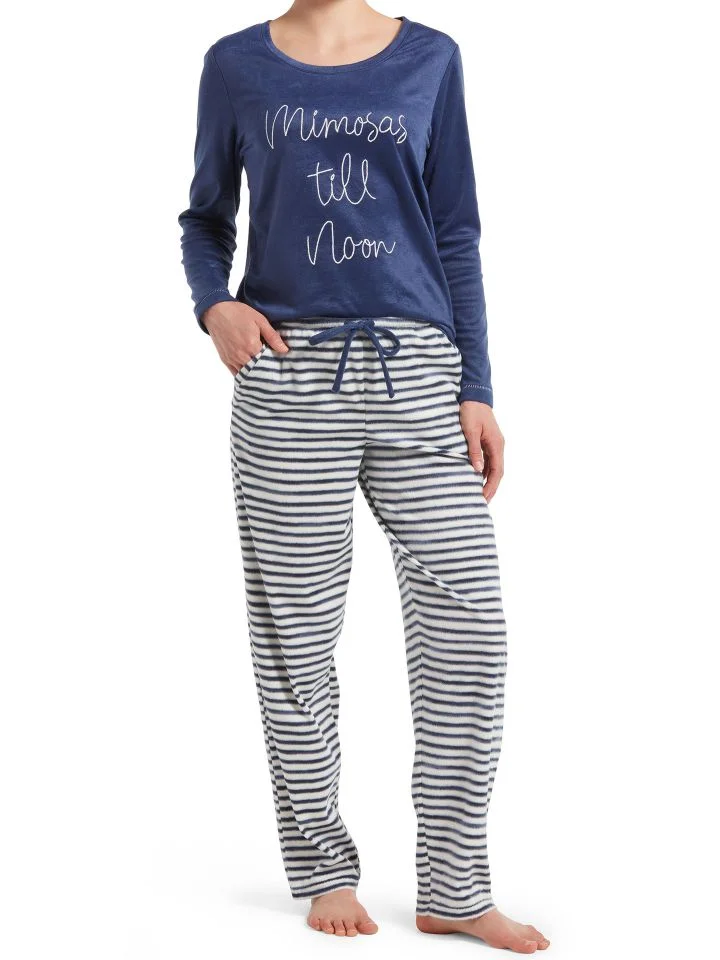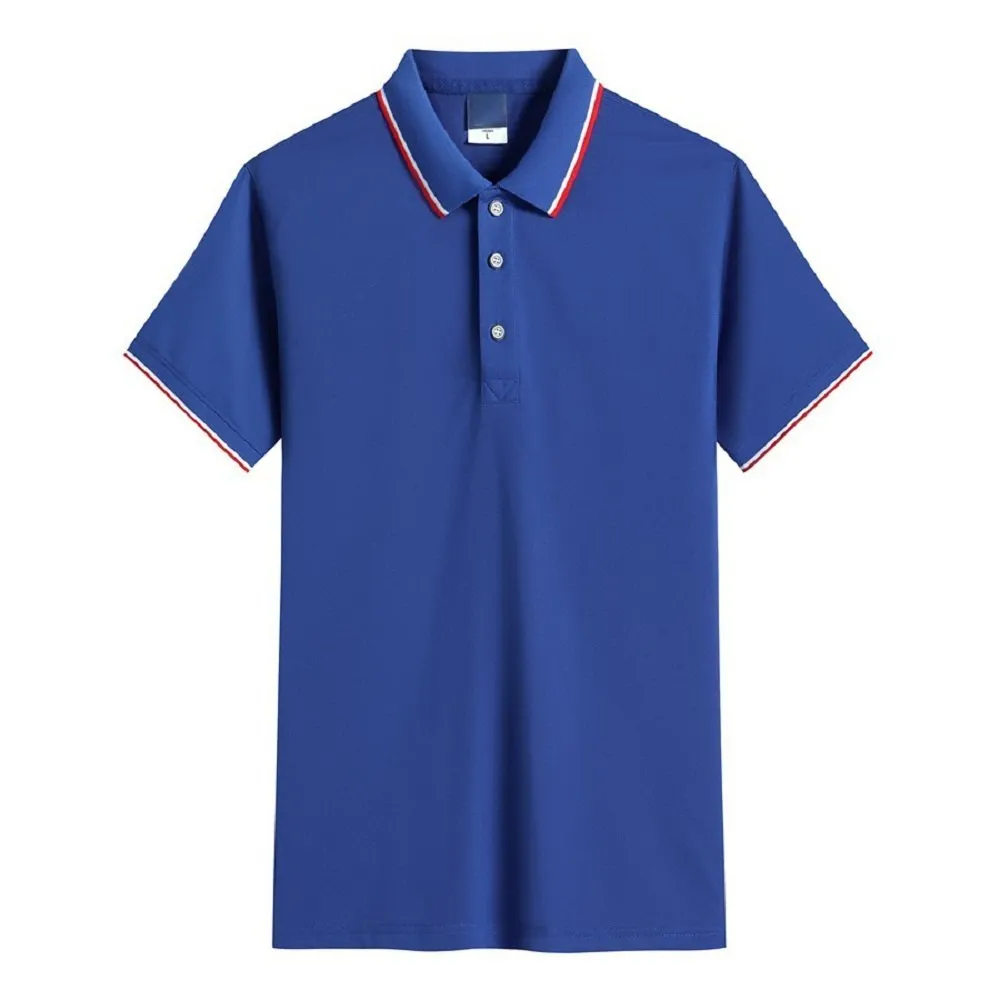1. Introduction to Korea’s T-shirt Imports from Bangladesh
Korea’s imports of T-shirts from Bangladesh have been steadily rising in recent years, signaling the growing demand for affordable and high-quality garments. SiATEX Bangladesh, a leading T-shirt manufacturer, has emerged as a key player in fulfilling this demand, leveraging its robust manufacturing capabilities and competitive pricing. This article delves into the reasons behind Korea’s inclination towards Bangladesh-made T-shirts, explores the growth and potential of Bangladesh’s textile industry, analyzes the competitive advantage of SiATEX Bangladesh, discusses the challenges and opportunities in the Korea-Bangladesh T-shirt trade, examines the impact on local Korean manufacturers, and outlines future prospects and strategies for SiATEX Bangladesh in the Korean market.
1.1 Background of Korea’s T-shirt Imports
When it comes to fashion, Korea is known for its trendy and stylish clothing choices. However, not all fashion pieces are created equal, and Korea has recognized the value and quality of T-shirts manufactured in Bangladesh. In recent years, there has been a significant rise in Korea’s imports of T-shirts from Bangladesh.
1.2 Rise in Demand for Bangladesh Made T-shirts in Korea
So, what’s driving this surge in demand? It all comes down to the perfect combination of affordability, quality, and style. Bangladesh-made T-shirts offer Korean consumers a cost-effective option without compromising on the latest trends. With their comfortable fabrics and versatile designs, these T-shirts have become a go-to choice for Koreans looking for both fashion and value.
2. Overview of SiATEX Bangladesh – A Leading T-shirt Manufacturer
2.1 Introduction to SiATEX Bangladesh
One of the key players in the Bangladesh T-shirt manufacturing industry is SiATEX Bangladesh. This leading garment manufacturer has established itself as a pioneer in producing high-quality T-shirts that cater to the demands of international markets, including Korea. SiATEX Bangladesh has built a reputation for its commitment to excellence and customer satisfaction.
2.2 Product Range and Manufacturing Capabilities
SiATEX Bangladesh offers a diverse range of T-shirt styles, from basic crew necks to trendy graphic prints. With state-of-the-art manufacturing facilities and a dedicated team of skilled artisans, SiATEX Bangladesh has the capacity to produce T-shirts in large quantities while maintaining superior quality standards. This enables them to meet the increasing demand from Korea and other global markets.
3. Factors Driving Korea’s Imports of Bangladesh Made T-shirts
3.1 Cost-Effectiveness and Competitive Pricing
One of the primary factors driving Korea’s preference for Bangladesh-made T-shirts is the cost-effectiveness of these products. Compared to T-shirt production in other countries, Bangladesh offers competitive pricing without compromising on quality. This affordability factor makes Bangladesh an attractive choice for Korean importers and ultimately benefits the price-conscious Korean consumers.
3.2 Quality and Compliance with International Standards
While affordability is crucial, quality is equally important. Bangladesh-made T-shirts are known for their excellent craftsmanship and attention to detail. Moreover, the manufacturers in Bangladesh adhere to strict international standards, ensuring that the T-shirts meet the expectations of consumers worldwide. This commitment to quality has contributed to the increasing trust and demand for Bangladesh-made T-shirts in Korea.
3.3 Ethical and Sustainable Production Practices
In today’s socially conscious world, ethical and sustainable production practices play a significant role in consumer buying decisions. Bangladesh has made remarkable strides in improving working conditions and ensuring fair wages for its garment industry workers. This commitment to ethical manufacturing practices resonates with Korean consumers who value sustainability and fair trade, making Bangladesh an appealing choice for T-shirt imports.
4. The Growth and Potential of Bangladesh’s Textile Industry
4.1 Overview of Bangladesh’s Textile Sector
Bangladesh has emerged as a global textile powerhouse, thanks to its booming garment industry. The country’s textile sector contributes significantly to its economic growth and employment opportunities. With a well-established supply chain, skilled workforce, and favorable trade policies, Bangladesh has become a preferred destination for clothing manufacturing, including T-shirts.
4.2 Key Players and Market Share
SiATEX Bangladesh is just one of the many players in Bangladesh’s thriving textile industry. Several other manufacturers have carved their niche and gained recognition for their quality products. Collectively, these manufacturers have captured a substantial market share in international markets, including Korea. Their ability to produce large volumes at competitive prices has propelled Bangladesh’s textile industry to new heights.
4.3 Government Initiatives and Support
The Bangladeshi government recognizes the significance of the textile industry and has taken proactive measures to support its growth. Initiatives such as establishing industrial parks, offering tax incentives, and investing in infrastructure development have further strengthened the industry’s potential. These government efforts, combined with the industry’s commitment to excellence, have positioned Bangladesh as a formidable player in the global textile trade.
5. Competitive Advantage of SiATEX Bangladesh in the T-shirt Market
5.1 Strong Supply Chain and Vertical Integration
SiATEX Bangladesh has a competitive advantage in the T-shirt market due to its strong supply chain and vertical integration. From sourcing raw materials to manufacturing and distribution, SiATEX has complete control over the production process. This allows for greater efficiency, cost savings, and quality control, ensuring that customers receive top-notch T-shirts every time.
5.2 Customization and Flexible Production Capabilities
SiATEX Bangladesh understands that everyone’s taste in T-shirts is different, so they offer customization options to cater to individual preferences. Whether it’s choosing the fabric, color, design, or size, SiATEX can tailor-make T-shirts to suit any customer’s needs. Additionally, they have flexible production capabilities, able to adapt quickly to changing market trends and customer demands.
5.3 Focus on Innovation and Design
SiATEX Bangladesh doesn’t settle for mediocrity when it comes to T-shirt design. They constantly strive for innovation and uniqueness, staying ahead of the fashion curve. By collaborating with talented designers and keeping a finger on the pulse of the latest trends, SiATEX consistently produces eye-catching T-shirts that appeal to the fashion-conscious consumer.
6. Challenges and Opportunities in the Korea-Bangladesh T-shirt Trade
6.1 Trade Barriers and Import Regulations
Though the Korea-Bangladesh T-shirt trade presents great opportunities, there are also some challenges to navigate. Trade barriers and import regulations can create obstacles for smooth trade flows. It’s crucial for both countries to work together to eliminate unnecessary red tape and promote fair trade practices to facilitate a mutually beneficial T-shirt trade relationship.
6.2 Cultural Differences and Market Adaptation
Korea and Bangladesh have unique cultural differences that need to be considered when entering into the T-shirt trade. Understanding the Korean market’s preferences and adapting products to suit local tastes is essential for success. This includes factors like color preferences, design aesthetics, and even sizing standards. Flexibility and cultural sensitivity will help bridge any gaps in the market.
6.3 Collaborative Opportunities for Korea and Bangladesh
Despite the challenges, there are numerous collaborative opportunities for Korea and Bangladesh in the T-shirt trade. By working together, both countries can leverage their strengths and create win-win situations. For example, Korea could provide expertise in marketing and distribution, while Bangladesh offers cost-effective production capabilities. Collaboration will allow both countries to tap into new markets and expand their reach.
7. The Impact of Korea’s T-shirt Imports on Local Korean Manufacturers
7.1 Market Competition and Market Share Analysis
Korea’s imports of T-shirts from Bangladesh undoubtedly have an impact on local Korean manufacturers. With an influx of competitively priced T-shirts from Bangladesh, local manufacturers in Korea face increased competition. It’s important for them to analyze market share and identify opportunities to differentiate themselves, whether through higher quality, unique designs, or niche markets.
7.2 Evolving Strategies for Korean Manufacturers
To thrive in the face of increased competition, Korean manufacturers must evolve their strategies. This includes finding ways to reduce costs without compromising quality, streamlining production processes, and improving efficiency. Additionally, focusing on innovation and design can help Korean manufacturers stand out in the market and appeal to consumers who prioritize unique and stylish T-shirts.
7.3 Potential for Collaboration and Partnership
Instead of viewing the influx of Bangladesh-made T-shirts as a threat, Korean manufacturers can explore potential collaboration and partnership opportunities. By joining forces, both countries can benefit from each other’s strengths and overcome their weaknesses. This could involve knowledge sharing, joint product development, or even jointly marketing their products to target specific customer segments.
8. Future Prospects and Strategies for SiATEX Bangladesh in the Korean Market
8.1 Market Expansion and Growth Opportunities
SiATEX Bangladesh has a promising future in the Korean market. With their competitive advantages, they can expand their market share and tap into new growth opportunities. By continuously monitoring and adapting to consumer preferences in Korea, SiATEX can position themselves as a reliable and preferred supplier of T-shirts, capturing a larger share of the Korean market.
8.2 Product Diversification and Innovation
To stay ahead in the Korean market, SiATEX Bangladesh should focus on product diversification and innovation. By expanding their product range beyond T-shirts, such as introducing new apparel categories like hoodies or athleisure wear, SiATEX can cater to a wider audience. Additionally, they should constantly innovate, bringing new designs, fabrics, and features to the market that excite and inspire Korean consumers.
8.3 Branding and Marketing Strategies
Building a strong brand presence and implementing effective marketing strategies will be crucial for SiATEX’s success in the Korean market. From creating a compelling brand story to engaging with consumers through social media and influencer partnerships, SiATEX can raise awareness and generate excitement around their products. By establishing themselves as a trusted and trendy brand, SiATEX can drive customer loyalty and repeat business.In conclusion, Korea’s imports of Bangladesh-made T-shirts from SiATEX Bangladesh have become a significant phenomenon in the textile industry. With factors like cost-effectiveness, quality, and sustainable practices driving this trade, the future prospects for SiATEX Bangladesh in the Korean market seem promising. However, challenges such as trade barriers and market competition should not be overlooked. As the demand for T-shirts continues to grow, it is crucial for SiATEX Bangladesh and other manufacturers to adapt, innovate, and forge collaborations to thrive in this dynamic landscape. By staying ahead of market trends and maintaining a customer-centric approach, SiATEX Bangladesh can continue to make substantial contributions to Korea’s T-shirt market while maintaining their position as a trusted and preferred supplier.
FAQ
1. Why is there a growing demand for Bangladesh-made T-shirts in Korea?
The demand for Bangladesh-made T-shirts in Korea is rising due to their cost-effectiveness and competitive pricing. Bangladesh’s textile industry offers lower production costs compared to other countries, making it an attractive option for Korean buyers. Additionally, the quality and compliance with international standards, along with ethical and sustainable production practices, further contribute to the increasing demand.
2. How does SiATEX Bangladesh maintain a competitive advantage in the T-shirt market?
SiATEX Bangladesh maintains a competitive advantage in the T-shirt market through its strong supply chain and vertical integration. By having control over every stage of production, from sourcing raw materials to manufacturing and distribution, SiATEX ensures efficiency and quality control. Additionally, their focus on customization and flexible production capabilities, along with a commitment to innovation and design, sets them apart from competitors.
3. What are the potential challenges in the Korea-Bangladesh T-shirt trade?
The Korea-Bangladesh T-shirt trade faces challenges such as trade barriers and import regulations. These may include tariffs, quotas, or compliance with specific standards. Cultural differences and market adaptation can also pose challenges in terms of understanding consumer preferences and effectively promoting products. However, collaborative opportunities between Korea and Bangladesh, such as joint ventures or partnerships, can help overcome these challenges and facilitate trade.
4. How does the growth of Korea’s T-shirt imports impact local Korean manufacturers?
The growth of Korea’s T-shirt imports from Bangladesh can impact local Korean manufacturers. Increased competition from lower-priced imports may put pressure on domestic manufacturers to adjust their pricing strategies and improve product offerings. However, it also presents an opportunity for local manufacturers to explore collaborations or differentiate themselves by focusing on niche markets, innovative designs, or higher quality products. Adapting to market changes and evolving strategies are crucial for local manufacturers to remain competitive in the face of increasing imports.
T-shirts Manufacturer in Bangladesh, T-shirts Supplier in Korea, T-shirts Exporter in Bangladesh, T-shirts Wholesaler in Korea, T-shirts Factories in Bangladesh





















